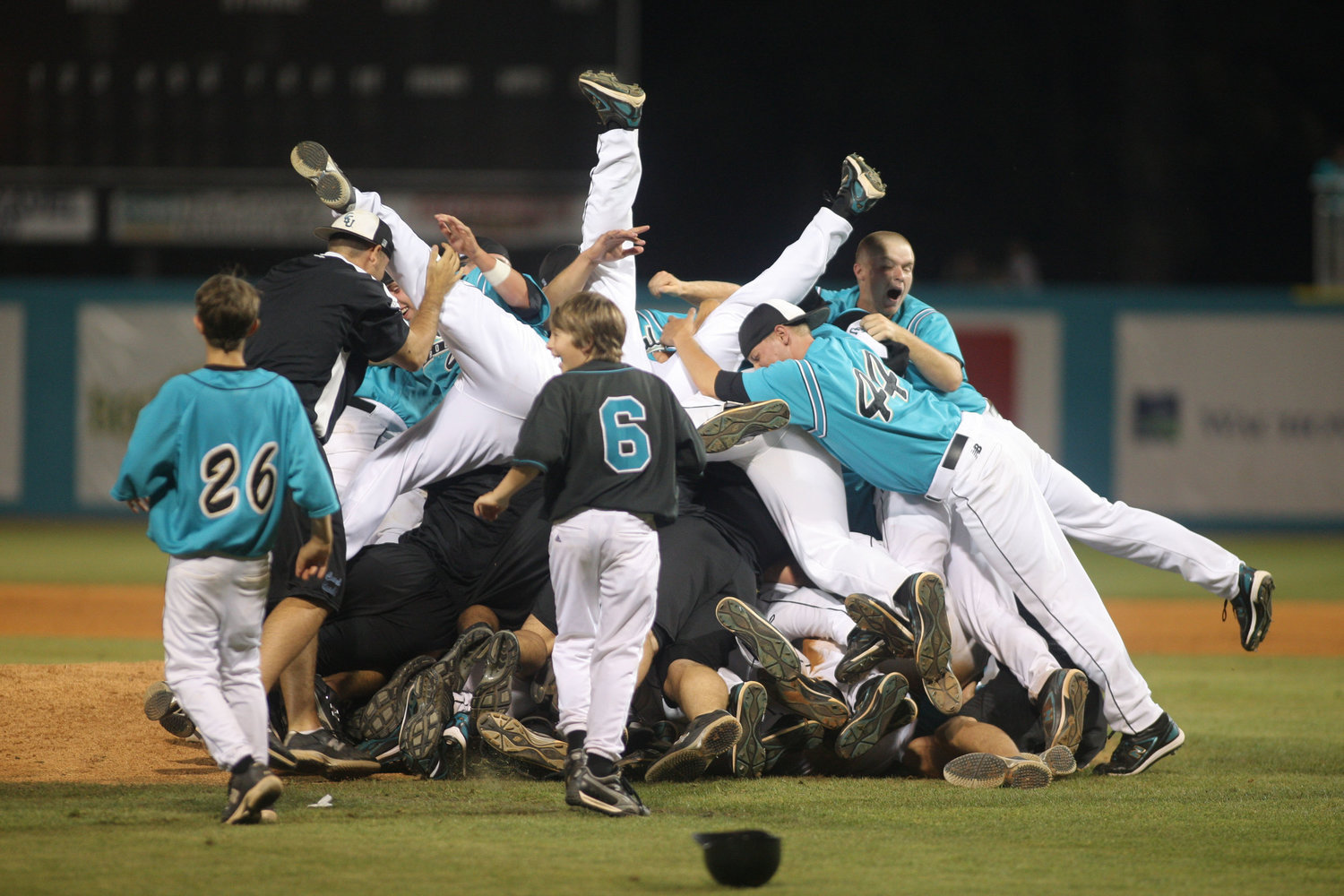Game Day Check List …identifying fundamental flaws in your team; planning your next practice
Our teams and players are not executing well in the early games of the season and it can be a bit frustrating. What can we do in our upcoming practices to make the greatest strides in developing our kids’ skills? While saying, “Work on the things that we are struggling with” seems obvious, the question is how to ID those and which ones to prioritize.
Below is a checklist of items (that are common flaws in our play) to look for in the next couple of games to help us come up with some points to address in upcoming practices.
NOTE: Remember, we don’t need a baseball field to practice baseball. Most any flat open space can be used to practice and develop skills. This includes batting; batting practice can be done using wiffle balls. The good thing about using wiffle balls for batting practice is that multiple players can bat at the same time…increased swings = greater development.
COMMON FLAWS CHECK LIST
Batting
- Swinging to early – “Let the Ball Get to Your Feet” and “Head in Place”
(swing and miss, lunging forward, hitting ball off the end of the bat…making contact too soon)
- Head Movement (pulling the head pulls the swing out of the path of the pitched ball)
- Movement in the feet (watch the conclusion of the swing…feet movement at the end of the swing indicates a batter who is likely off balance during the swing)
- No Load – “See Ball, Turn Back” (standing like a statue while pitching is delivered and heading towards home plate) - watch 1:22 - 2:15
Receiving Throws
· Failing to “Reach Forward” when receiving a throw
Receiving a Throw at a Base
· Force Play - Standing in a stretch position Before the ball has been thrown
· Tag Play
1. Not standing on the side of the base the ball is coming from (note: at the youth level - 12U, we do not want to teach players to straddle the base. They often become anchored to this spot and fail to leave the base to stop off-line throws. Straddling a base is something players age 13+ are taught)
2. Not following the RULE: “Ball First, Base Second” when a throw is off line …not “Moving Feet to Catch". A common mistake young players make is thinking they need to keep a foot on the base when receiving a throw. In the picture below, David Wright concedes the fact that the runner is going to be safe (we need to explain to the kids that runners are safe A LOT over the course of a game) in order to move off the base and stop the ball.
Throwing
· Failing to “Move Feet to Throw” - Watch 0:45 – 1:10
- Failing to utilize the Underhand Toss on short distance throws and not executing the action correctly - the first baseman runs with the ball to create momentum, guides the ball by gently extending the tossing arm LEVEL then CONTINUES to run toward the target AFTER tossing the ball.
Fielding
- Getting in front of the ball too soon. Footwork (and keeping the feet moving throughout the action) is the key to fielding. When a player gets in front of the ball too soon their feet stop working, which leads to problems. ...in the third replay of Durham's error (shot from above) you can clearly see that Durham 'gets in front of the ball' when it is barely half way to him, then he is stuck with nothing to do but wait; he has no rhythm with the ball and inevitably the ball goes through his legs. ........a fielder wants to stay slightly to the side of the ball (and maintaining some movement with their feet) until they are about to field the ball. They 'get in front of the ball TO FIELD THE BALL', not any earlier. The fielder moves their feet leading up to the fielding action and keeps their feet moving through the fielding action......"The fielders feet makes their hands work.'
· Back peddling on fly balls and pop-ups (insert drill link)
Base Running
· Eyes on the ball rather than the base (when running to first base). Drill Diagram
· Improper route when advancing multiple bases. Drill Diagram
Relays to Home
· Using the SS/2B instead of the pitcher as the cut-relay player. Drill Diagram
In conclusion, regardless of what we choose to work on let’s make our greatest effort to limit the time we are talking to our kids and having them standing around listening. Let’s run practices that are dynamic and have the kids moving and Doing the majority of practice time.





